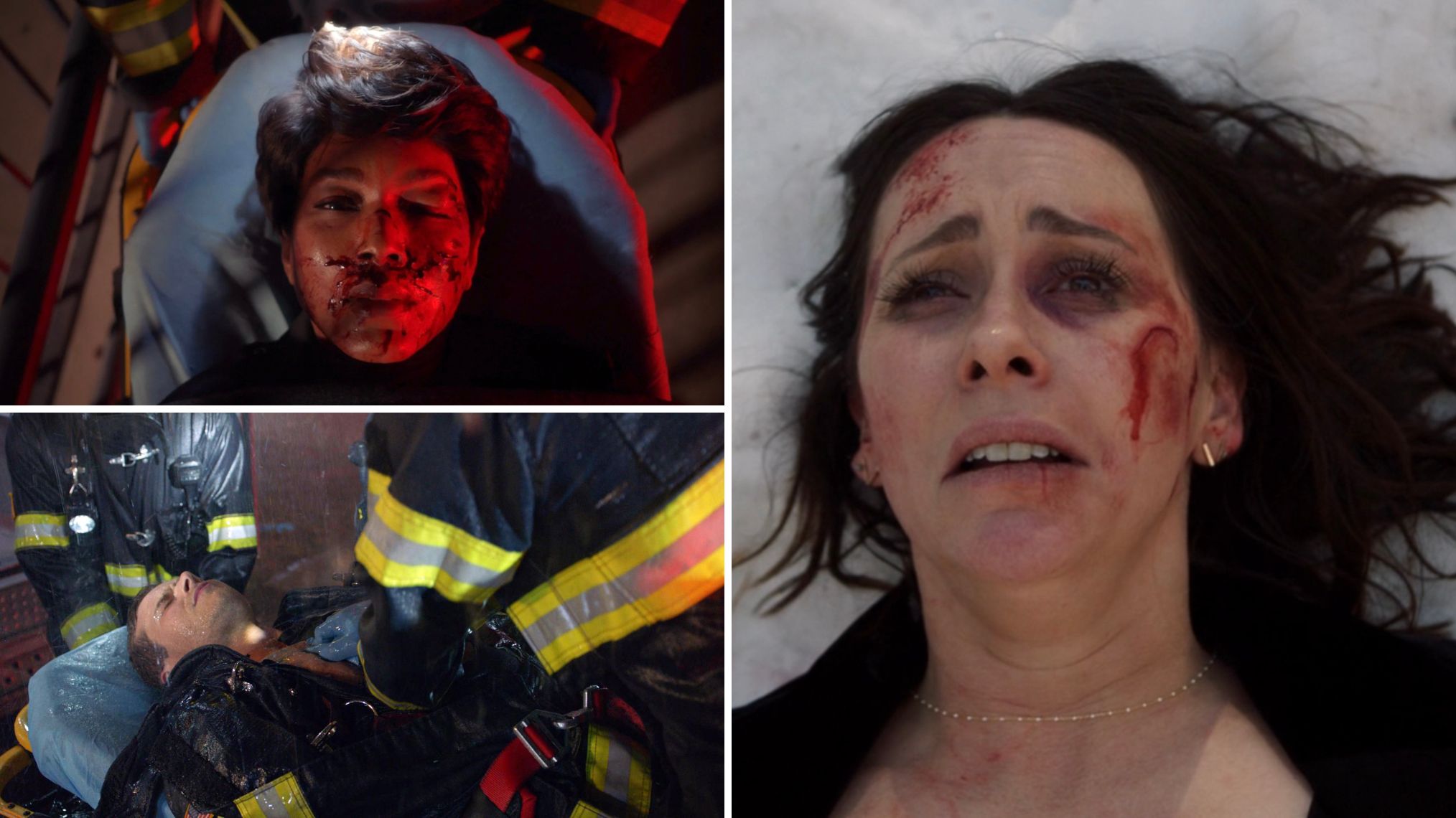
Barney is leaving another big footprint on TV with the release of his new show Barney’s World… but what kind of real-life world is he stepping into? One where his messages of love and compassion will be accepted? Or one that will mock and vilify the character, as it did when Barney & Friends became a PBS hit in the 1990s?
Warner Bros. Discovery and Mattel describe Barney’s World — premiering on Monday, October 14, on Max and on Friday, October 18, on Cartoon Network — as a new animated series featuring original music and updated takes on Barney classics.
“The new Barney’s World is set in a playground, where Barney is joined by dinos Billy and Baby Bop and their three kid best friends David, Mel, and Vivie,” a synopsis adds. “Through action-packed, music-filled adventures together, Barney helps the kids and audiences explore big preschool emotions, showing them how to love themselves, others, and their communities.”
Now the question is whether audiences are even ready for Barney to be back on TV for the first time in 14 years.
Granted, there’s valid criticism to be made about the original series, Barney & Friends. For anyone whose age is in the double digits, the perennially happy purple T. rex and his dopey voice can be, well, annoying. The show is repetitive and one-dimensional. And that “I Love You” song can be an irritating earworm, as many parents who lived to regret the purchase of a Barney VHS tape can attest.
But in the 1990s and 2000s, Barney-hating became a national pastime. TV shows, print magazines, web animations, and video game mods all imagined the character’s demise. College students organized Barney-bashing parties. A beleaguered father started an I Hate Barney Secret Society. The San Diego Chicken mascot made sport out of beating up a Barney stand-in. And a web organization called the Jihad to Destroy Barney dedicated itself to the “defamation, humiliation, eradication, killing, and removal of Barney the Purple Dinosaur of the television show Barney and Friends from the airwaves and from every human’s life.”
But the hatred grew violent, as covered in the 2022 Peacock documentary I Love You, You Hate Me. Three boys attacked a Barney impersonator at a Kmart in Galveston, Texas, in 1993. Other haters videotaped themselves shooting Barney dolls with guns or blowing them up with explosives. And yet more sent messages to the TV show’s crew members, threatening death and injury. “I got dismemberment-of-my-family emails because of my music,” Barney & Friends music director Bob Singleton says in the documentary.
Bob West, Barney’s voice actor between 1992 and 2000, also received some of those death threats, and he has theories about the psychology behind the taunts. “The people who sent me those threats were all kids in middle school,” he told NBC News in 2022. “They were doing the thing where they’re trying to throw off childhood and trying to be cool. … Usually, when people lash out like that, there’s something they’re dealing with. They’re hurting, and that’s the only way to know how to cope.”
Violence worked its way into children’s parodies of Barney’s most famous songs, like this adaptation quoted in a 1999 journal article in Children’s Folklore Review: “I love you, you love me / Let’s hang Barney from a tree / With a shotgun, boom, Barney’s on the floor / No more purple dinosaur.”
In that article, Tucker examined how children turned against the character. “The age at which young Barney-lovers become Barney-haters seems to vary. In most cases, the shift seems to occur around the second grade,” Tucker wrote. “After getting through the first year of elementary school, children start looking for ways to establish their status in the school’s hierarchy. No longer the youngest, they look for ways to assert their superiority to new recruits. Making fun of Barney, beloved icon of the preschool set, serves the purpose of establishing superiority very effectively.”
Indeed, Barney went against a lot of what was deemed “cool” in the 1990s. He represented earnestness at a time when pop culture was turning to satire, idealism when cynicism was more en vogue, and peacefulness when violence pervaded children’s TV. And, evidenced by the proportion of male Barney-haters, Barney defied conceptions of masculinity, which can also explain why so much Barney hate takes a turn for the homophobic.
“We’re just not used to, in our culture, seeing men that are kind and vulnerable and sweet, and if we do see that, they’re penalized,” developmental psychologist Dr. Yalda T. Uhls explains in the Peacock docuseries.
Maybe now, in the 2020s, Barney can make a difference again. In the doc, former Blue’s Clues host Steve Burns points out that we all have a character we loved as kids and that it’d hurt to see that character beat up at frat parties. That childhood love “approaches sacred stuff” and is worth respect, Burns says.
“I think there’s so much hate right now,” adds Dean Wendt, Barney’s voice actor from 2001 to 2010. “There’s just way too much hate. We need Barney now. But, you know, we don’t live in Barney’s world.”
With the new Max show, perhaps we have a chance to move into that world again.
Barney’s World, Series Premiere, Monday, October 14, Max
















:quality(85):upscale()/2024/12/24/622/n/1922564/9eb50f2c676abd9f1647c5.05876809_.jpg)








